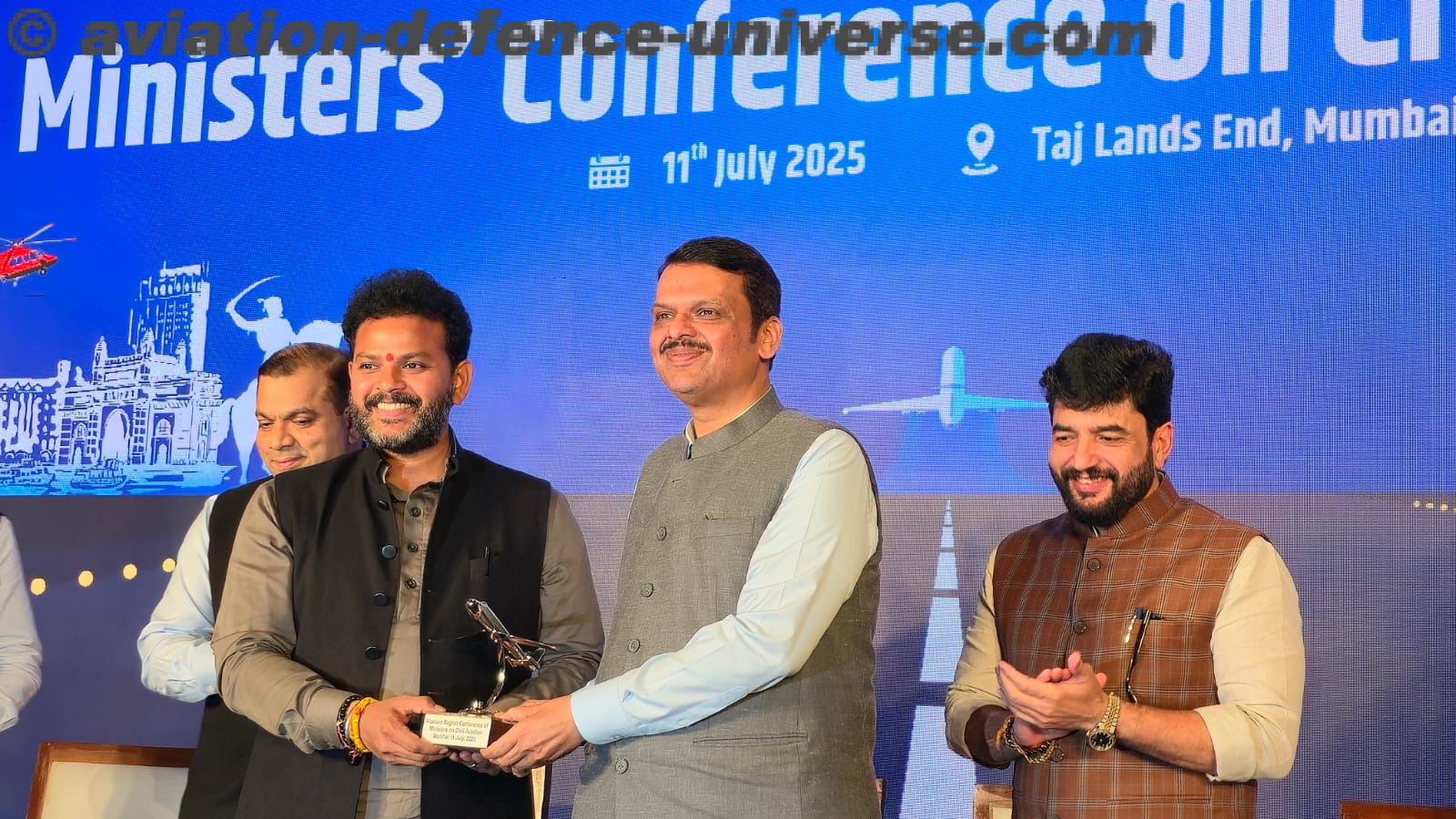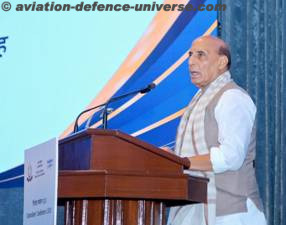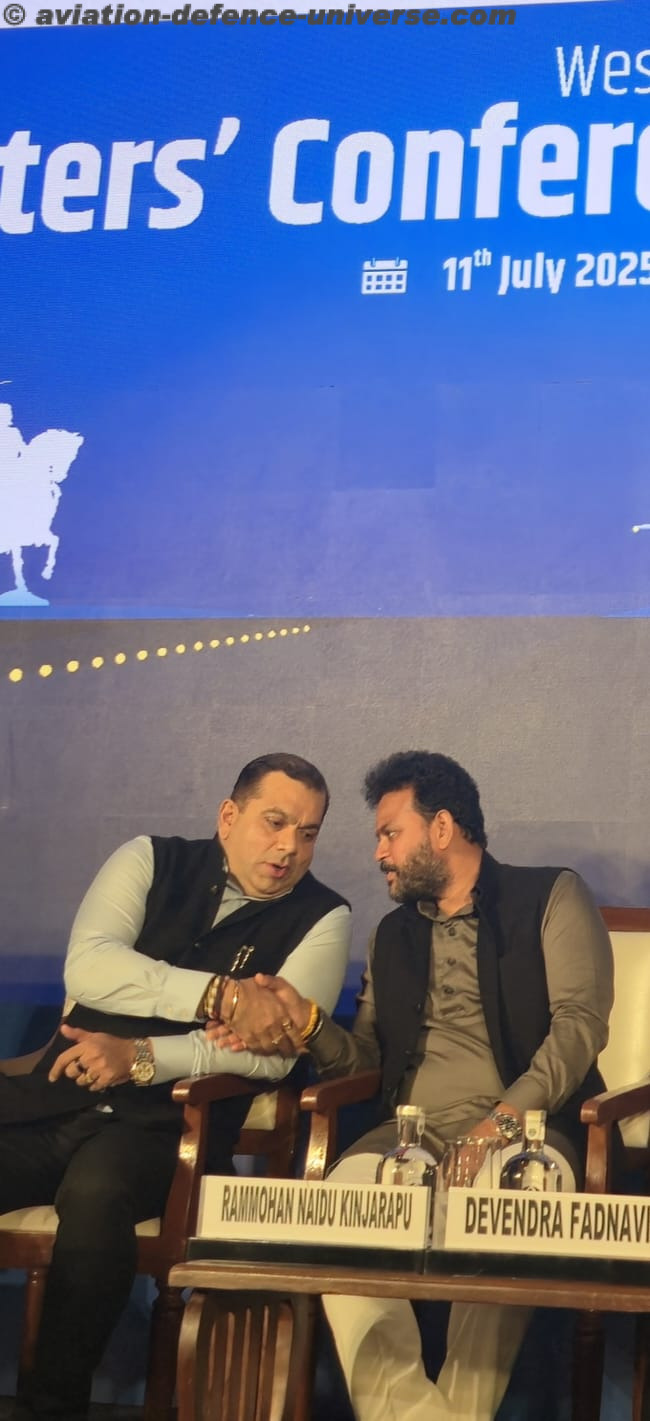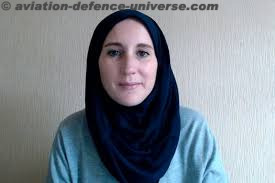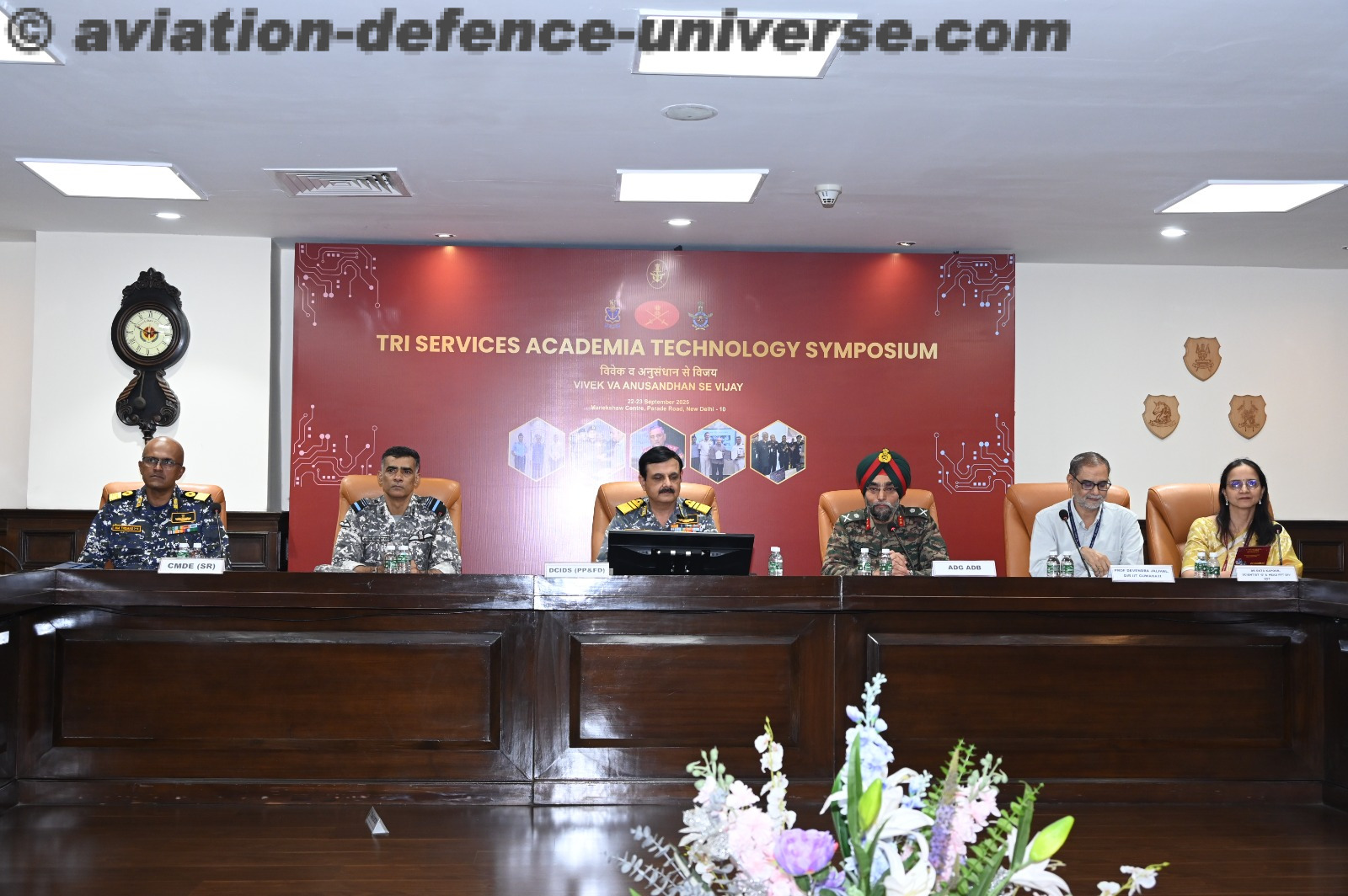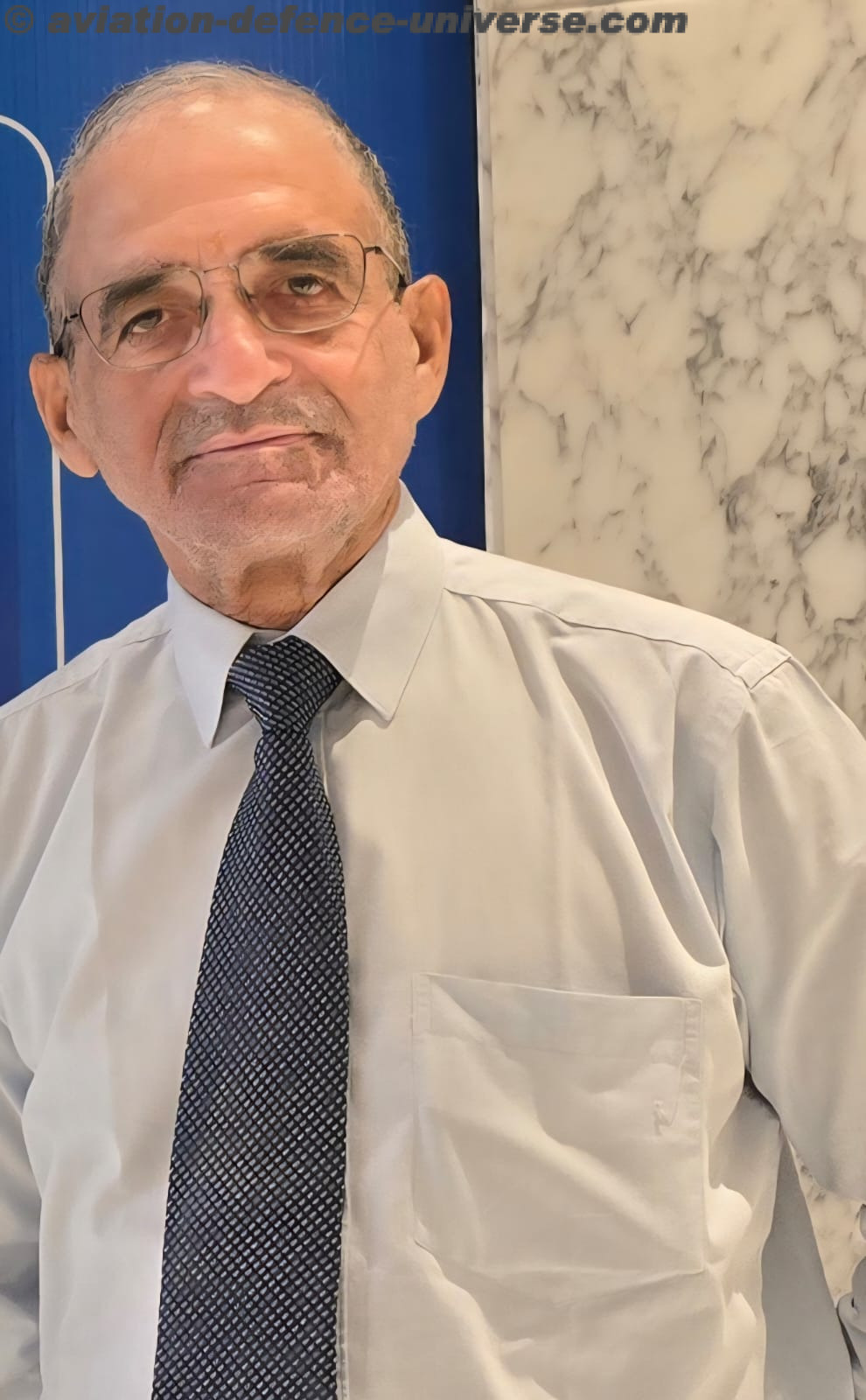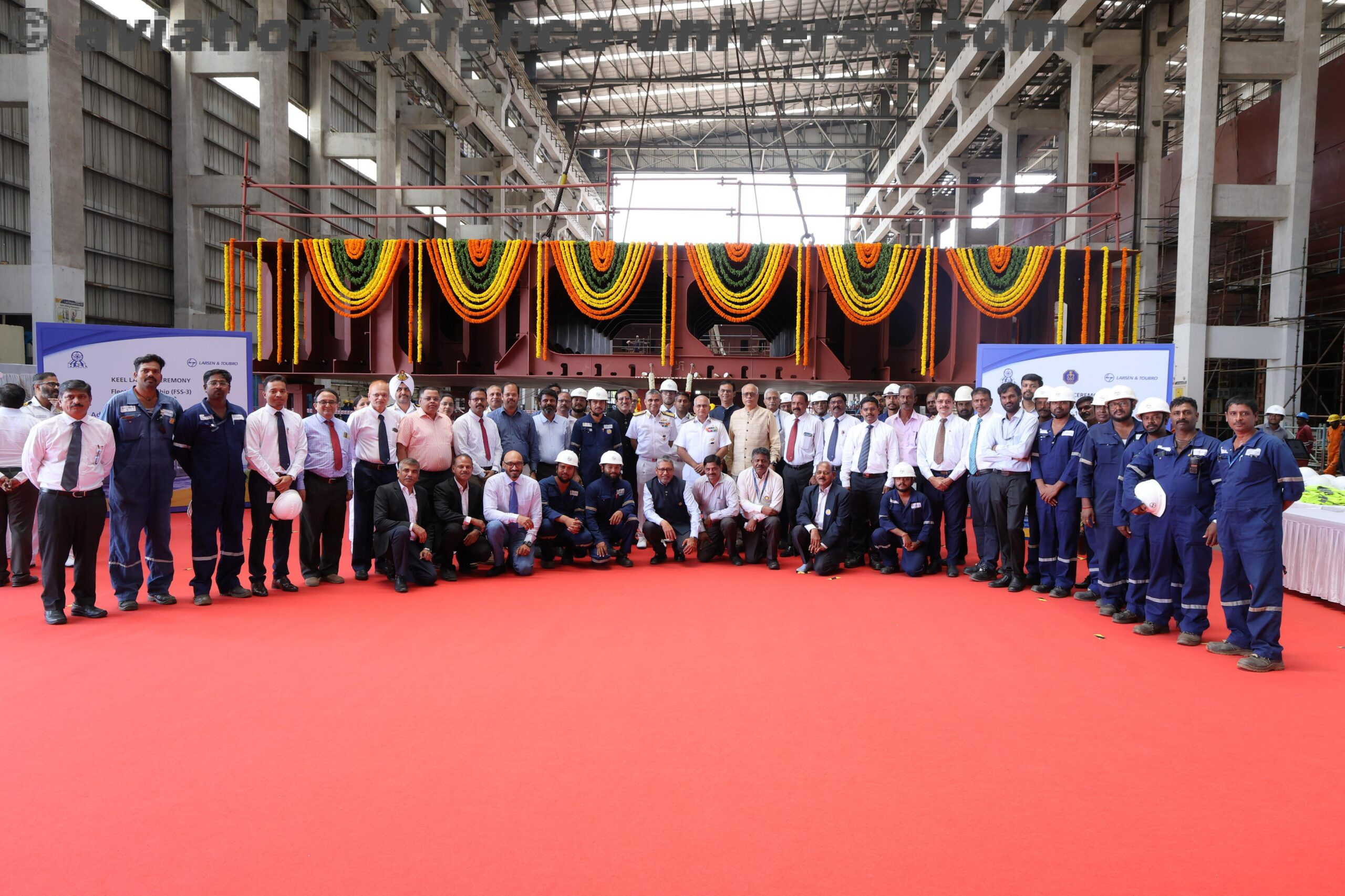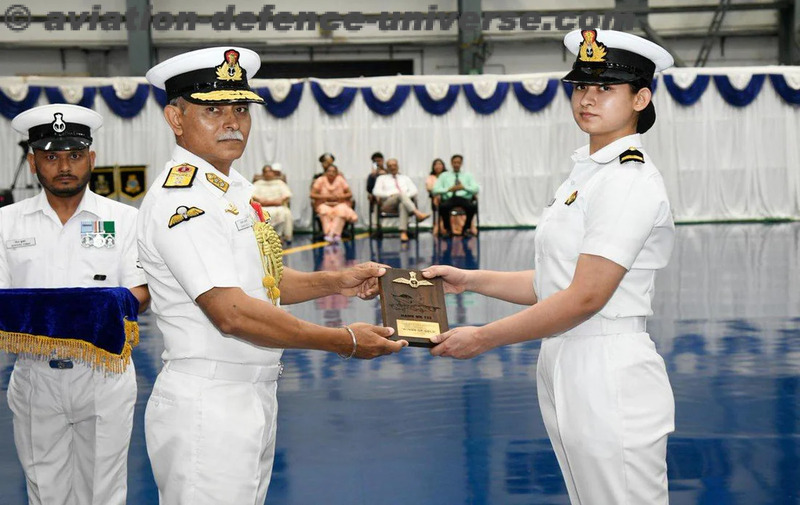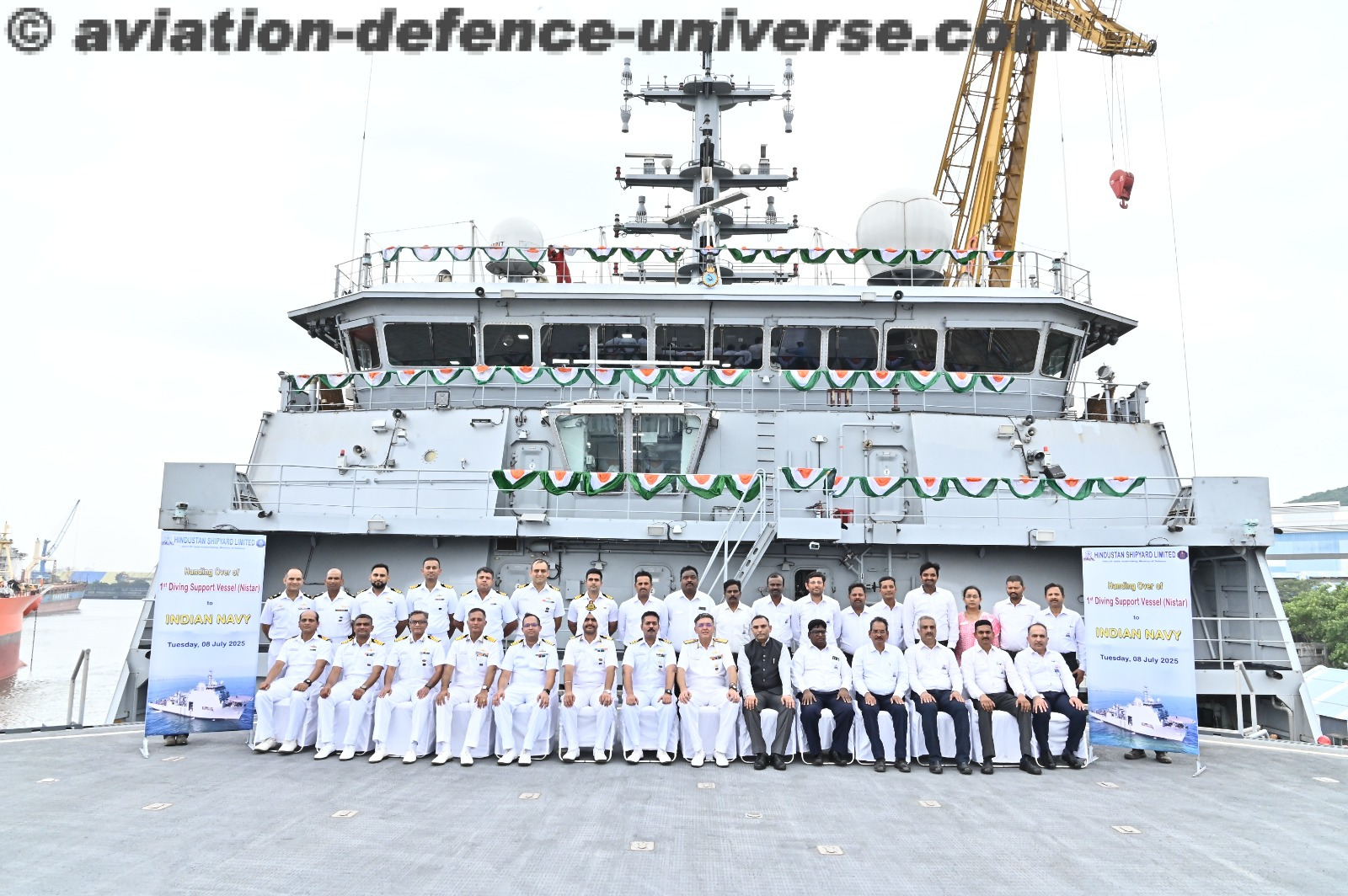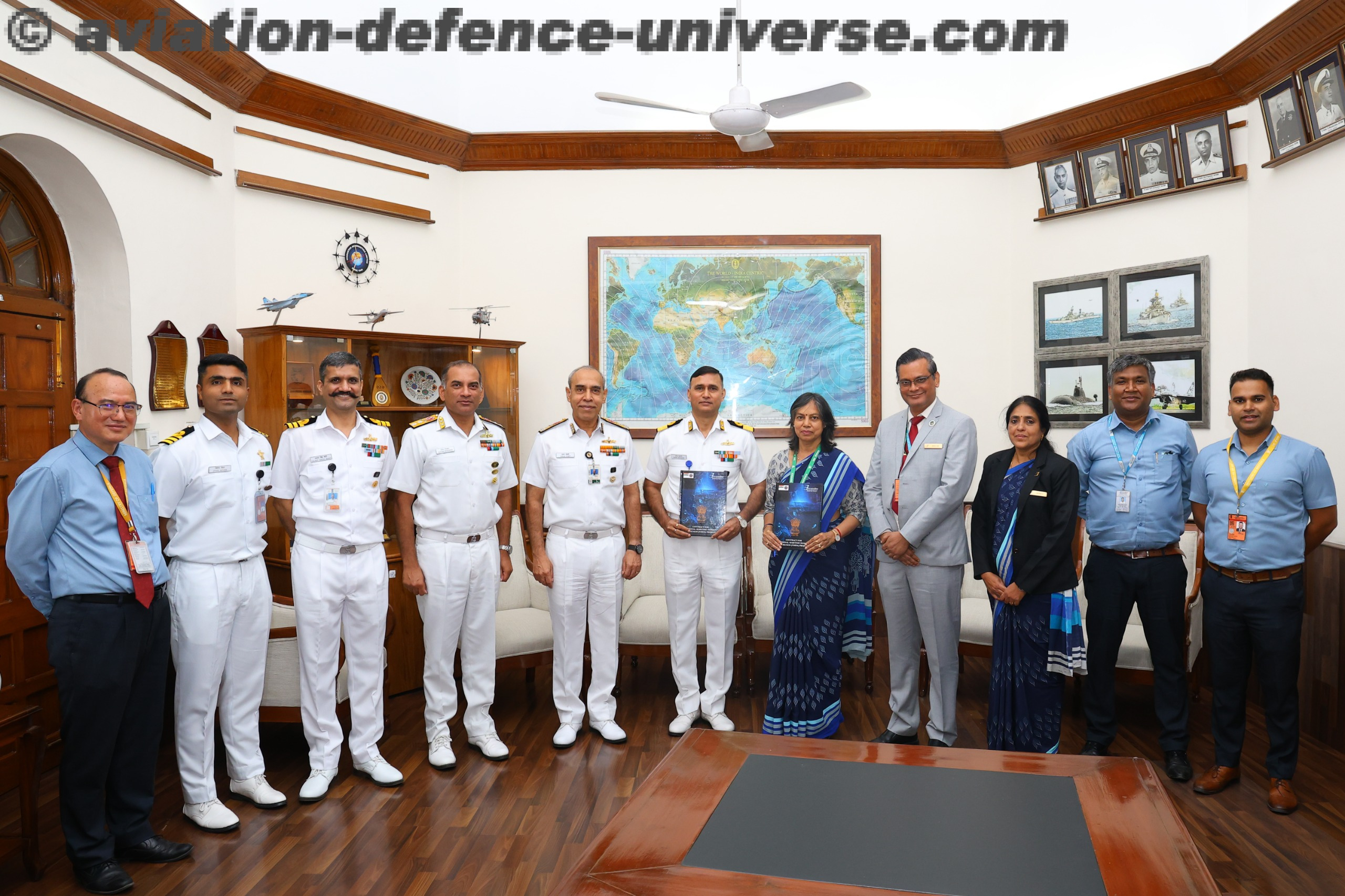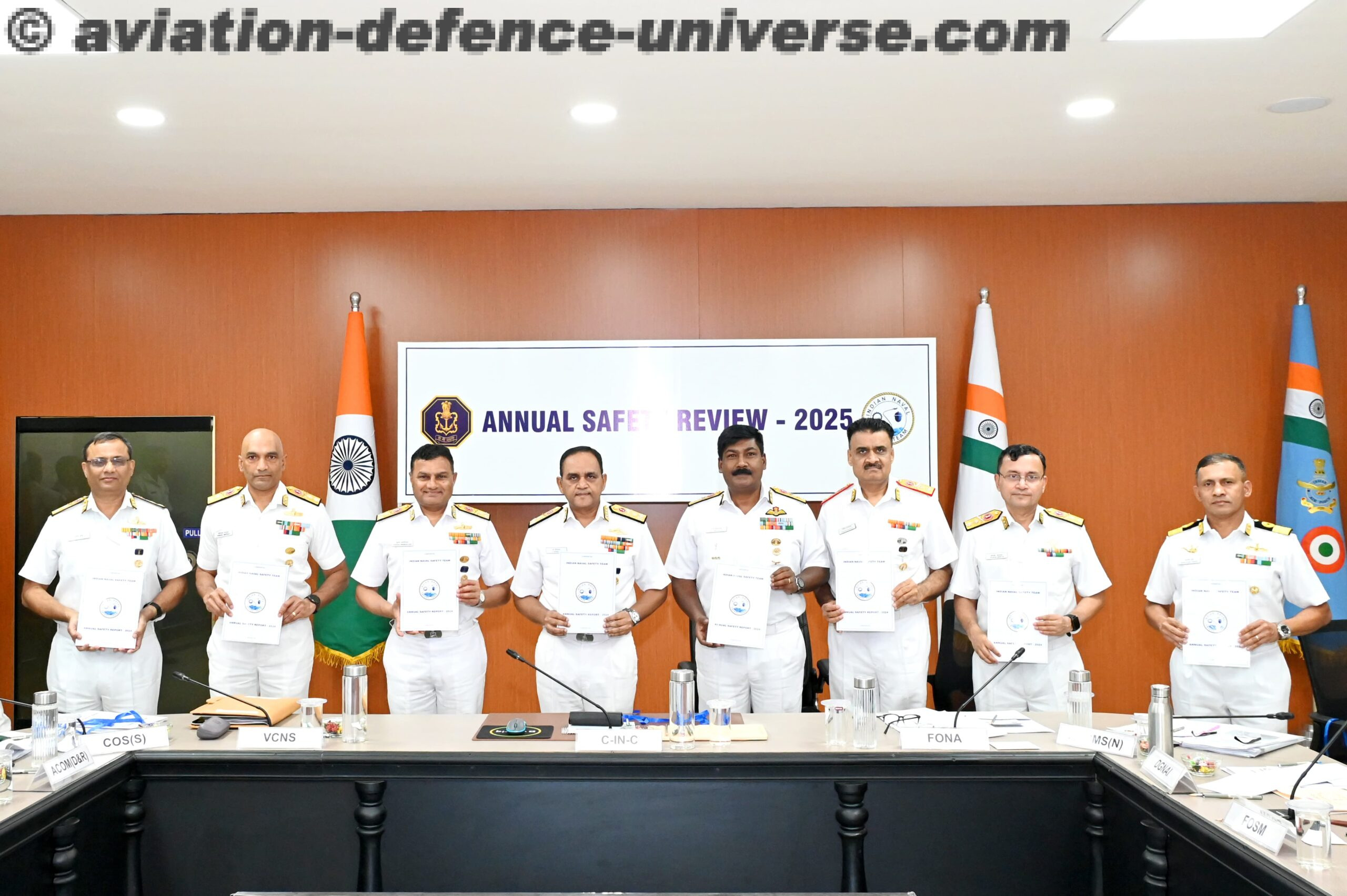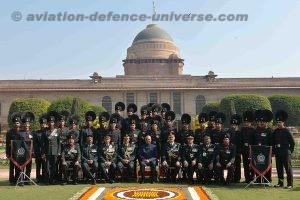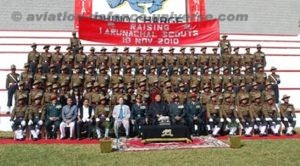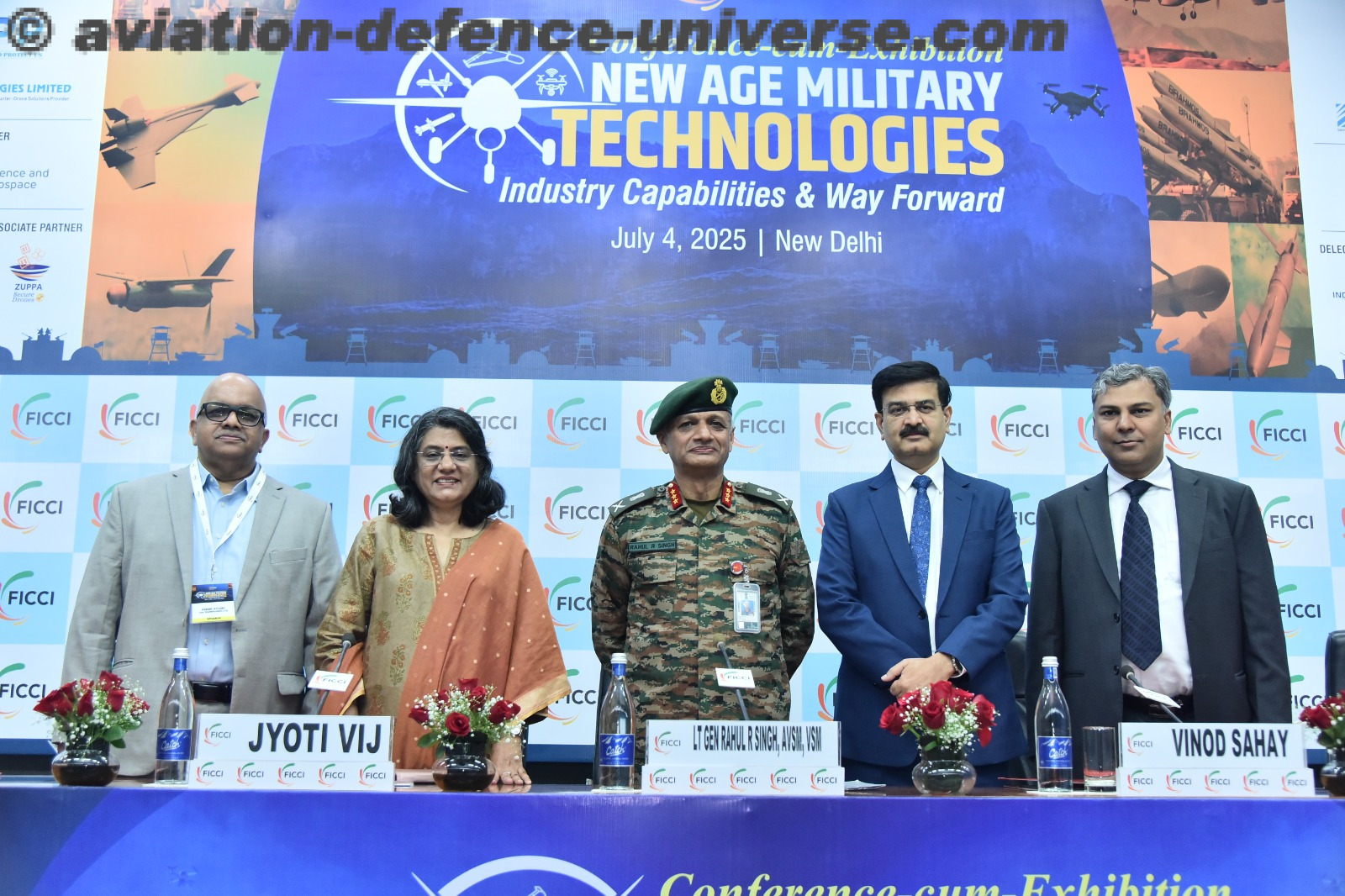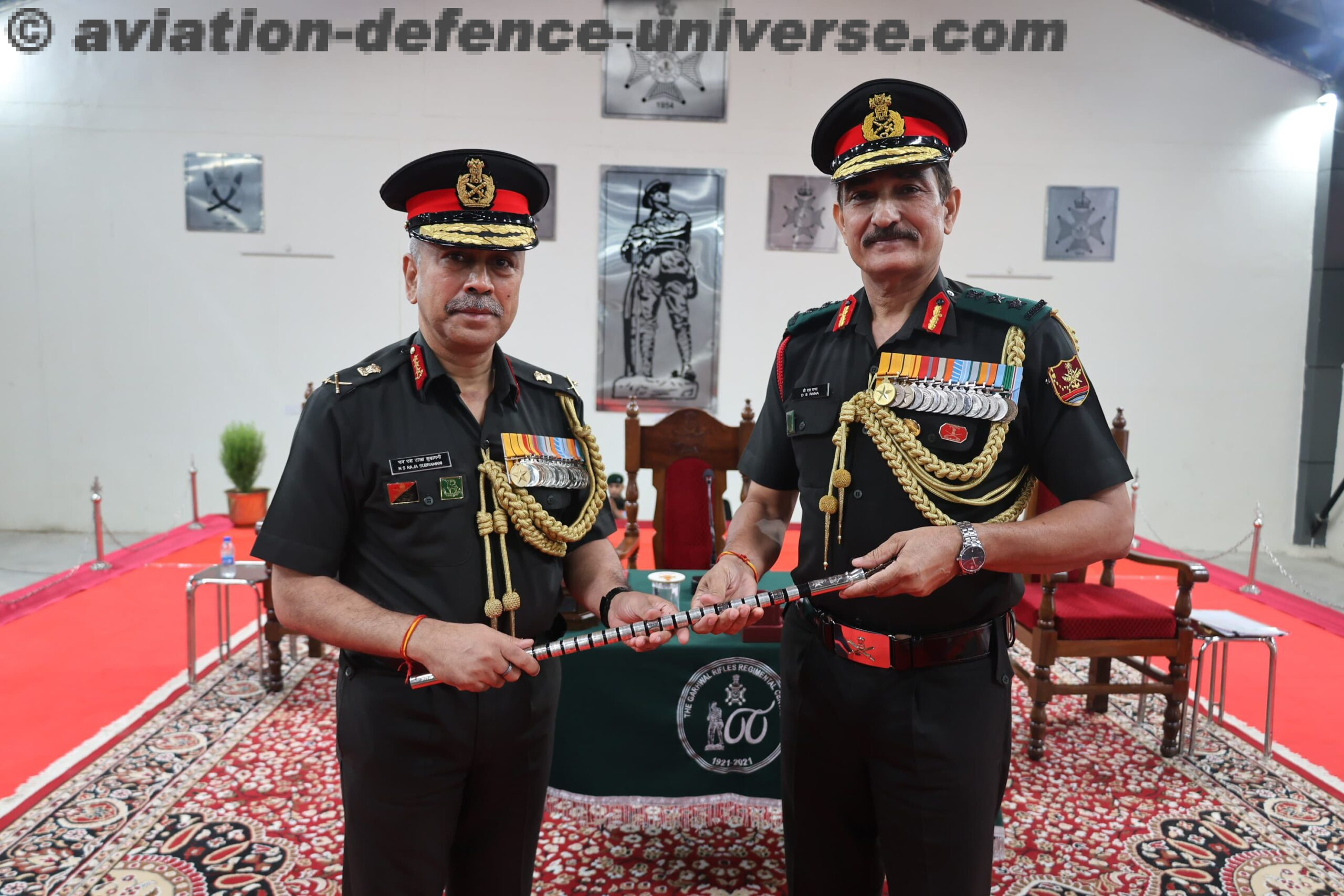New Delhi. 01 October 2020. The glitter and the glamour of the olive green begins here. Tales of valour, bravado and nostalgia for generations of soldiers began in the small city of Dehradun, nestled in the Himalayas at the Indian Military Academy (IMA)which is an officer-training academy of the Indian Army. A cadet who enters and becomes a gentleman, before he becomes an officer of the second largest army of the world, once he moves out of the famed door of the Chetwood Hall.
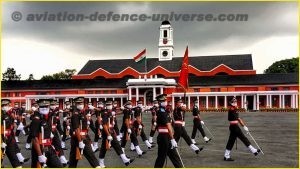
It was established in 1932 following a recommendation by a military committee set up under the chairmanship of Field Marshal Philip Chetwode. From a class of 40 male cadets in 1932, IMA now has a sanctioned capacity of 1,650. Cadets undergo a training course varying between 3 and 16 months depending on entry criteria. On completion of the course at IMA cadets are permanently commissioned into the army as Lieutenants.
The Academy, spread over 1,400 acres (5.7 km2), houses the Chetwode Hall, Khetarpal Auditorium, Somnath Stadium, Salaria Aquatic Centre, Hoshiar Singh Gymnasium and other facilities that facilitate the training of cadets. Cadets in IMA are organized into a regiment with four battalions of four companies each. The Academy’s mission, to train future military leaders of the Indian Army, goes hand in hand with the character building enshrined in the IMA honour code, warrior code and motto. Cadets take part in a variety of sports, adventure activities, physical training, drills, weapons training and leadership development activities.
The Academy’s alumni include six recipients of India’s highest military decoration, the Param Vir Chakra, and India’s first Field Marshal Sam Manekshaw. Other achievements by alumni include 73 Military Crosses, 17 Ashoka Chakras, 84 Maha Vir Chakras and 41 Kirti Chakras. In 2017, Lieutenant Ummer Fayaz Parray was the 847th name to be engraved on the IMA War Memorial, which honours alumni of the Academy who have fallen in the course of action.
Up to 1 October 2019, the 87th Raising Day, over 61,000 gentleman cadets had graduated and over 3,000 foreign cadets from over 30 other states, including Afghanistan, Singapore, Zambia, and Malaysia, had attended IMA for pre-commission training. Alumni have gone on to become Chief and Vice-Chief of Army Staff, Olympians and politicians. Foreign alumni have also done well in their countries, going on to becomes chiefs of their respective militaries, prime ministers, presidents and politicians.
The Indian Military College Committee, set up under the chairmanship of Field Marshal Sir Philip Chetwode, in 1931 recommended the establishment of an Indian Military Academy in Dehradun to produce forty commissioned officers twice a year following two and a half years of training. Inauguration to Independence. The Government of India transferred the former property of the Railway Staff College of the Indian Railways, with its 206-acre campus and associated infrastructure, to the Indian Military Academy. Brigadier L.P. Collins was appointed the first Commandant and the first batch of 40 gentleman cadets (GC), as IMA trainees are known, began their training on 1 October 1932. The institute was inaugurated on 10 December 1932 by Field Marshal Philip Chetwode. In 1934, before the first batch had passed out, Viceroy Lord Willingdon presented the first colours to the Academy on behalf of King George V. The first batch of cadets to graduate the Academy, graduating in December 1934, now known as the Pioneers, included Field Marshal Sam Manekshaw, General Muhammad Musa and General Smith Dun, who became the Army Chiefs of India, Pakistan, and Burma, respectively. General Dun graduated at the top of his class at IMA and also commanded the passing out parade for the first course. The second, third, fourth and fifth batches were called, respectively, Immortals, Invincible, Stalwarts and Bahadurs.
The World War II saw a massive increase in the intake of cadets with a shortened training period. Through the first 16 regular courses that passed out of the Academy, until May 1941, 524 officers were commissioned whereas 3,887 officers were commissioned between August 1941 and January 1946, including 710 British officers for the British Army. Following the Independence of India in August 1947 and the subsequent partition into Pakistan, a number British officers who were trainers in the Academy left for Britain, while Pakistani cadets left for Pakistan. A total of 110 Pakistani cadets then continued their training at Pakistan Military Academy, Kakul. Brigadier Thakur Mahadeo Singh, DSO, was appointed the first Indian Commandant of the Academy. The 189 GCs who graduated on 20 December 1947 were the first class from IMA to be commissioned into a free India.
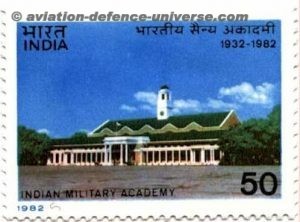
In late 1947, the Chiefs of Staff of the Indian Armed Forces, following the recommendation of a 1946 committee headed by Field Marshal Claude Auchinleck, decided to initiate an action plan to commission a new Joint Services training academy. In the interim, they decided to conduct Joint Services training at IMA. The Academy was renamed the Armed Forces Academy and a new Joint Services Wing (JSW) was commissioned on 1 January 1949, while training of Army officers continued in the Military Wing.The Academy was renamed as the National Defence Academy (NDA) on 1 January 1950, ahead of India becoming a Republic. In December 1954, when the new Joint Services training academy was established in Khadakwasla, near Pune, the NDA name along with the Joint Services Wing was transferred to Khadakwasla. The Academy in Dehradun was then rechristened as the Military College] Brigadier M.M. Khanna, MVC was the first IMA alumni to be appointed Commandant of IMA at the end of 1956. In 1960, the founding name, Indian Military Academy, was reinstated. On 10 December 1962, on the 30th anniversary of the Academy’s inauguration, the second President of India, Dr. Sarvapalli Radhakrishnan, presented new colours to the Academy.
After the Sino-Indian War of 1962, special measures were introduced. From 1963 until August 1964, the duration of regular classes was truncated, emergency courses were initiated, and new living quarters for cadets were added. However, unlike previous wars, the Indo-Pakistan War of 1965 and that of 1971 did not disrupt Academy training or graduation schedules. On 11 February 1971, William G Westmoreland, Chief of Staff, United States Army, visited the Academy.
In 1976, the four battalions of the Academy were renamed after Field Marshal Kodandera Madappa Cariappa, General Kodandera Subayya Thimayya, Field Marshal Sam Manekshaw and Lieutenant General Premindra Singh Bhagat, with two companies each. On 15 December 1976, then President Fakhruddin Ali Ahmed presented new colours to the Academy.[34] In the 1970s, the Army Cadet College (ACC) was shifted from Pune to Dehradun, becoming a wing of IMA. In 2006, the ACC was merged into IMA as the fifth battalion, the Siachen Battalion.
By 1 October 2019, the 87th Raising Day, the number of GCs to have graduated from IMA stood at 61,762, including foreign alumni from 33 friendly countries. Foreign countries included Angola, Afghanistan, Bhutan, Myanmar, Ghana, Iraq, Jamaica, Kazakhstan, Kyrgyzstan, Malaysia, Nepal, Nigeria, Palestine, Philippines, Singapore, Sri Lanka, Tajikistan, Tanzania, Tonga, Uganda, Yemen and Zambia.
The campus of the Academy covers an area of 1,400 acres (5.7 km2). The Chetwode Hall on the drill square, built in 1930, houses the administrative headquarters of IMA and is also the hub of academic training. It has lecture halls, computer labs and a cafe. On the opposite side of the drill square is the Khetarpal Auditorium. Opened in 1982, it has a seating capacity of over 1,500. A newer wing of the Chetwode building, added in 1938, houses the central library. It has over 100,000 volumes and subscriptions to hundreds of periodicals from across the world, in addition to multimedia sections. In addition, there are two branch libraries closer to the cadet barracks across the campus.
The IMA museum on the campus displays artifacts of historic importance such as the pistol of Lieutenant General Amir Abdullah Khan Niazi of the Pakistan Army, given upon his surrender to Lt. Gen Jagjit Singh Aurora after signing the instrument of surrender to end the Bangladesh liberation war of 1971. A captured Pakistan Army Patton tank is also on the grounds. The South Campus of IMA includes facilities such as the Somnath Stadium, with a seating capacity of 3,000, the Salaria Aquatic Centre, consisting of an Olympic sized swimming pool, and the Hoshiar Singh Gymnasium. The North Campus includes the polo ground along the Tons River. Tons Valley to the northwest of the campus is used for para-dropping, para-gliding, skydiving and battle training. Other facilities include stables with a stud farm, a small arms shooting range, and épée fencing from the modern pentathlon.
The IMA War Memorial commemorates the alumni of the Academy who died in action. At the sanctum sanctorum of the memorial is a bronze statue of a gentleman cadet with a sword presenting arms. The memorial was inaugurated by Field Marshal Manekshaw on 17 November 1999, shortly after the conclusion of the Kargil War. IMA officers led and fought in the war, with some of them becoming household names in India for their gallantry. Among their ranks were two Param Vir Chakra recipients and eight Maha Vir Chakra recipients. In 2017, Lieutenant Ummer Fayaz Parray was the 847th name to be engraved on the War Memorial.
The freshman GCs hail from diverse backgrounds from all parts of India. The training is action-filled, intense, diverse, and fast. Significant emphasis is placed on self discipline. The official website of the Indian Army describes the training as “a test of one’s mettle and capabilities, and in psychological terms a foretaste of what the trainees would face in the battlefield”. On passing out GCs are permanently commissioned into the Army as Lieutenants.
A gentleman cadet gets a stipend of ₹56,100 (US$790) per month for the duration of the course (as per the 7th pay commission). IMA’s mission is to train future military leaders of the Indian Army. Physical training, drills, weapons training and leadership development form the focus of the training.Training is broadly categorised into character building, service subjects and academic subjects. Service subjects give basic military knowledge up to the standard required for an infantry platoon commander. Academic subjects provide the cadet with a general education so as to enable a basic knowledge in professional subjects as well as enable cadets to clearly express themselves both verbally and in writing. In the early 1970s the service subjects to academic subjects ratio was 16:9 (64% service to 36% academic); this ratio was enhanced for technical graduates to a ratio of 83% service subjects and 27% academic subjects. Over time this ratio varied as per regular course entry or technical entry, and changed as terms were increased or decreased.
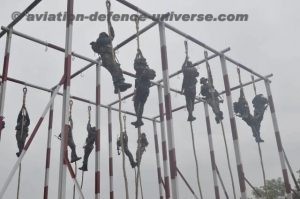
Weapon training includes the close quarter battle range, the location of miss and hit target system,[d] jungle lane shooting[e] and the team battle shooting range. The curriculum is reviewed from time to time and adapted to whatever the current situation the country is in. Cadets are also put in roles where they need to think like the enemy such as in Exercise Chindit where some GCs are asked to act as terrorists while others have to capture them. They are trained in various forms of warfare, including conventional war, proxy war, low intensity conflict, and counter-insurgency.
Games and sports include cross country, hockey, basketball, polo, athletics, football, aquatics, volleyball and boxing. There is also an annual sports meet with other military academies in India. Adventure activities undertaken at the Academy include trekking, cycling, and rock climbing. Between 2017 and 2019, three cadets died during training. Two cadets died of exhaustion during a 10 km run, while a third died after slipping into a gorge during a night navigation exercise. The Academy requires that cadets get insurance against death and disability during training.
One of the most well known traditions in the IMA is the passing out parade (POP). Before the cadets begin the POP, the band plays an aarti, allowing the cadets to pray to their respective gods. Traditionally, the adjutant leads the parade. cracking a joke to lighten the atmosphere. Having senior officers present during the POP is a morale booster for the cadets. In 2019, the reviewing officer for the 136th parade was Lt. Gen. Cherish Mathson. The finale is the antim pag (final step), where cadets take the last step into Chetwode Hall. However the POP on 11 June 1961 was called off without the final step due to weather, the only instance where this has happened for a passing out batch. The tradition of cap-flinging during the passing out parade has a long past but it was replaced by the cadets doing celebratory pushups. Over 61,000 GCs have graduated from IMA. IMA alumni have led and fought in every conflict in which the Indian Army has served. Numerous alumni have earned laurels, died in action and been honoured with gallantry awards. As of 2016, alumni from the Academy were recipients of 7 Param Vir Chakras, 17 Ashoka Chakras, 84 Maha Vir Chakras and 257 Vir Chakras. Alumni were also recipients of 2 Sarvattam Yudh Seva Medals, 28 Uttam Yudh Seva Medals, 48 Kirti Chakras and 191 Shaurya Chakras. Battle casualties from the Academy total 817 alumni.











